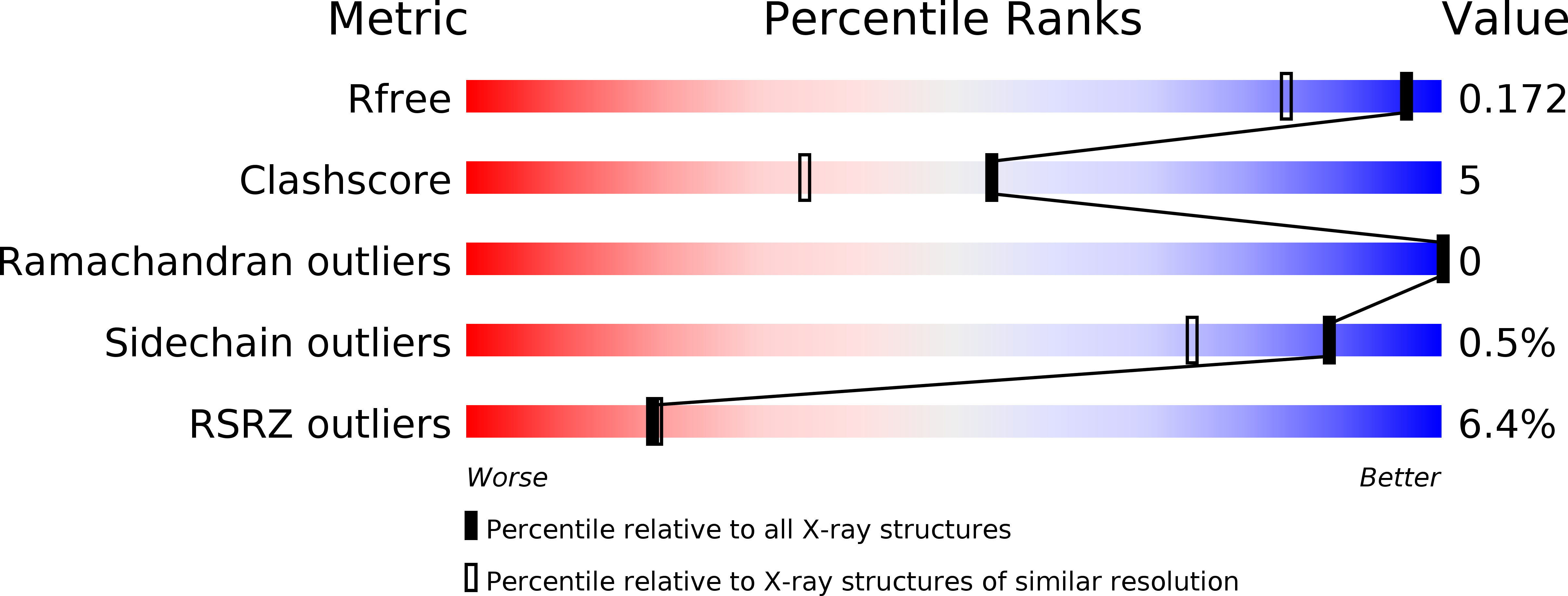
Deposition Date
2015-10-07
Release Date
2015-11-18
Last Version Date
2024-10-23
Method Details:
Experimental Method:
Resolution:
1.38 Å
R-Value Free:
0.17
R-Value Work:
0.13
R-Value Observed:
0.13
Space Group:
P 21 21 21


